Introduction
Color disorders in tomato fruits, such as spot ripening and yellow shoulder, are common problems that affect crop quality and market value. These disorders are associated with multiple factors, including potassium deficiency, harsh weather conditions, and nutrient imbalances in the soil. In this article, we will review the most common types of these disorders, their causes, and methods for preventing them.
1. Blotchy Ripening (Uneven Coloring)
Visual Symptoms:
-
Irregular yellow/green patches
-
Hard gray or brown tissue inside
-
Brown vascular strands when cut open
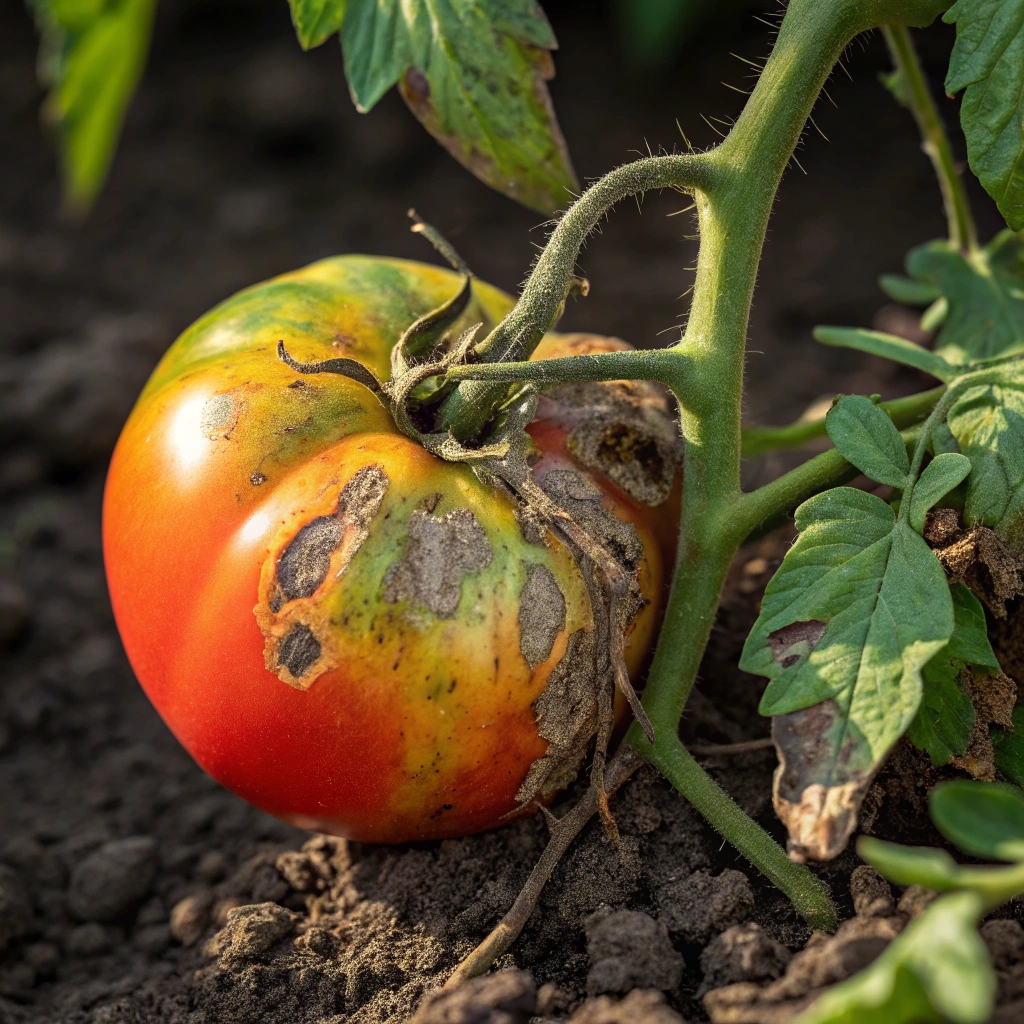
Primary Causes:
-
Low potassium levels in soil
-
Excessive nitrogen fertilization
-
Waterlogged or compacted soil
-
Temperature fluctuations during ripening
Science Spotlight:
*”Research shows tomatoes need 250-300kg/ha potassium during fruit development to prevent blotchiness.”* – Journal of Plant Nutrition
learn more about Calcium & Boron Humates with bimco international
2. Yellow Shoulder Disorder
What You’ll See:
-
Upper fruit fails to turn red
-
Leathery yellow/green patches
-
Possible sunburn blisters
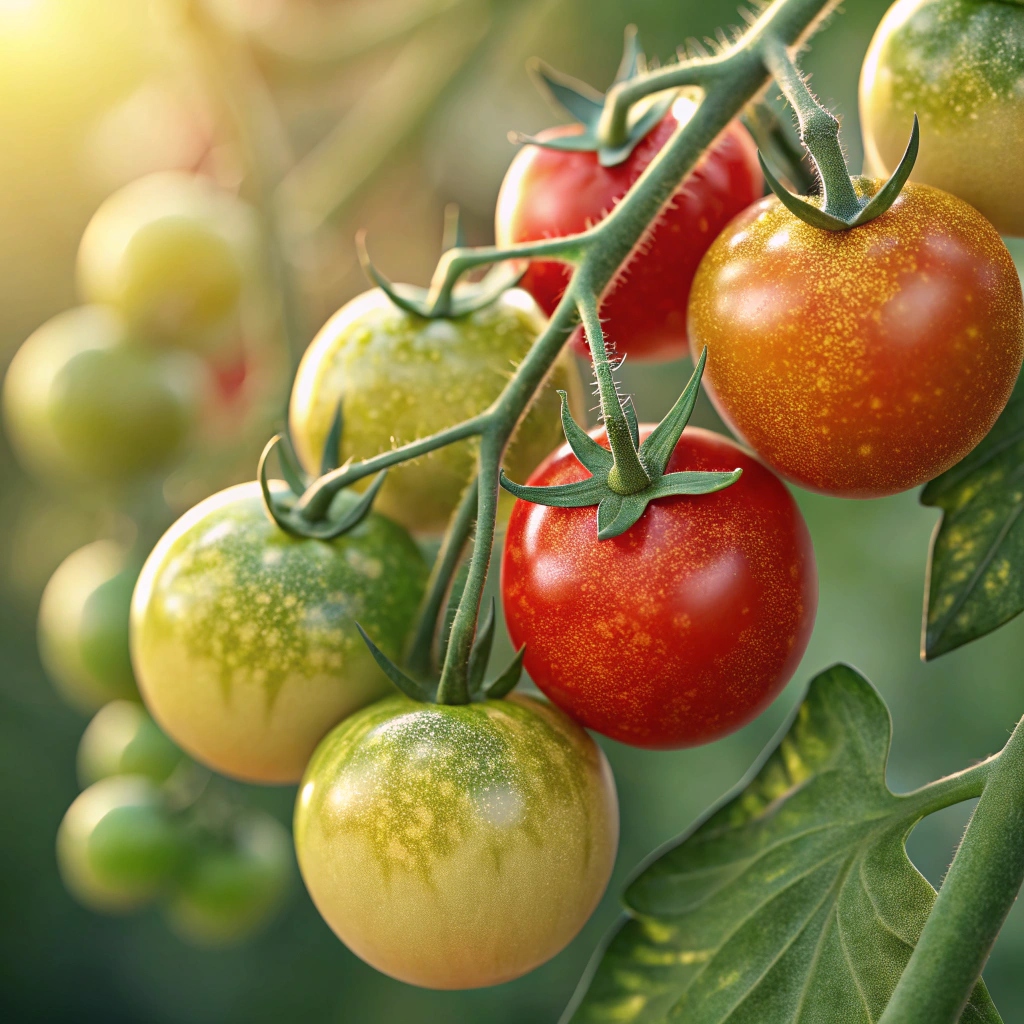
Root Causes:
-
High fruit temps (>30°C/86°F)
-
Low potassium + magnesium
-
Excessive direct sunlight
Pro Tip:
“Plant varieties with dense foliage (e.g., ‘Mountain Merit’) naturally protect fruits from sunscald.”
3. Internal White Tissue
Diagnostic Signs:
-
Normal red exterior
-
Hard white core near stem
-
Fibrous texture
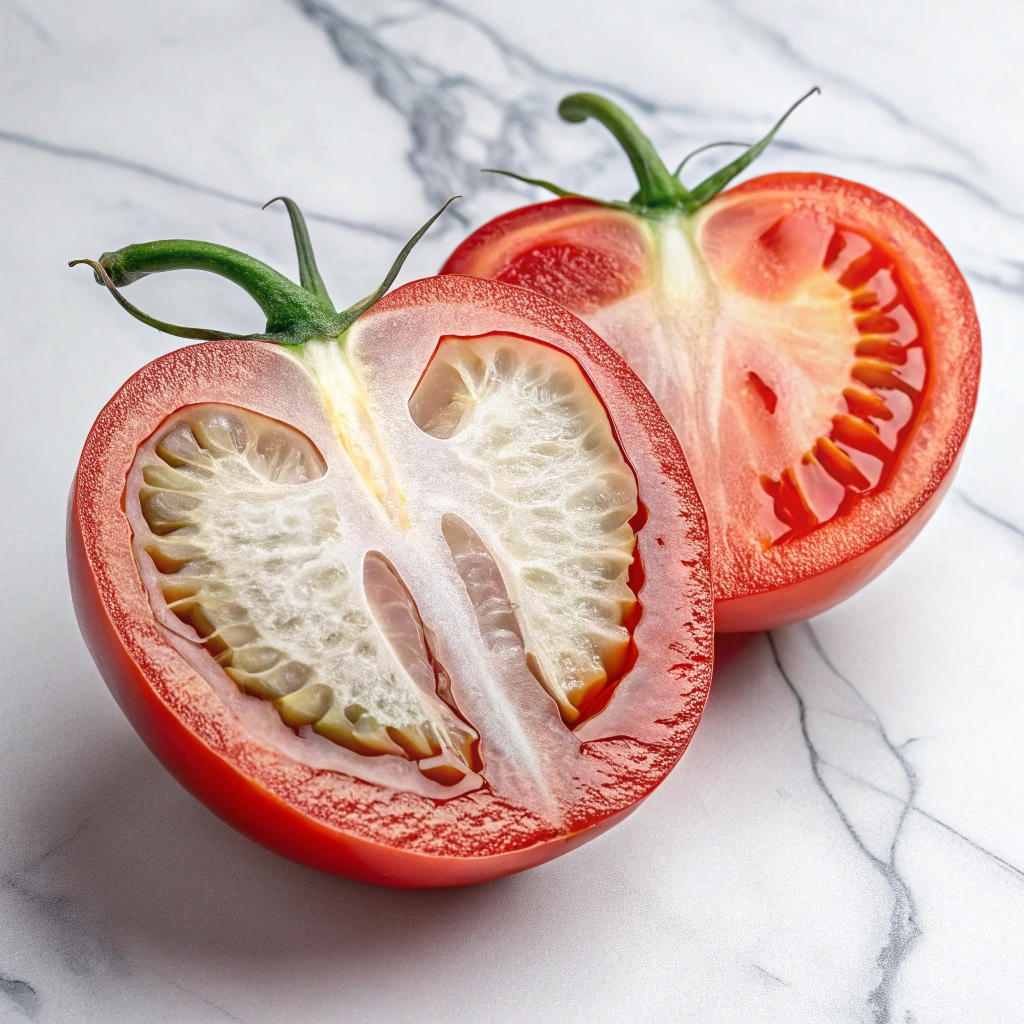
Triggered By:
-
Calcium/magnesium imbalance
-
Irregular watering
-
High nitrogen during fruiting
4. Prevention & Treatment
Soil Management
-
Test soil before planting (ideal K: 200-300 ppm)
-
Add compost (3-5kg/m²) to improve nutrient retention
-
Mulch plants to regulate soil moisture
Fertilization Fixes
| Nutrient | Deficiency Sign | Solution |
|---|---|---|
| Potassium | Blotchy ripening | Apply potassium sulfate (0-0-50) |
| Calcium | White tissue | Foliar Ca(NO₃)₂ spray |
| Magnesium | Yellow shoulders | Epsom salt (MgSO₄) drench |
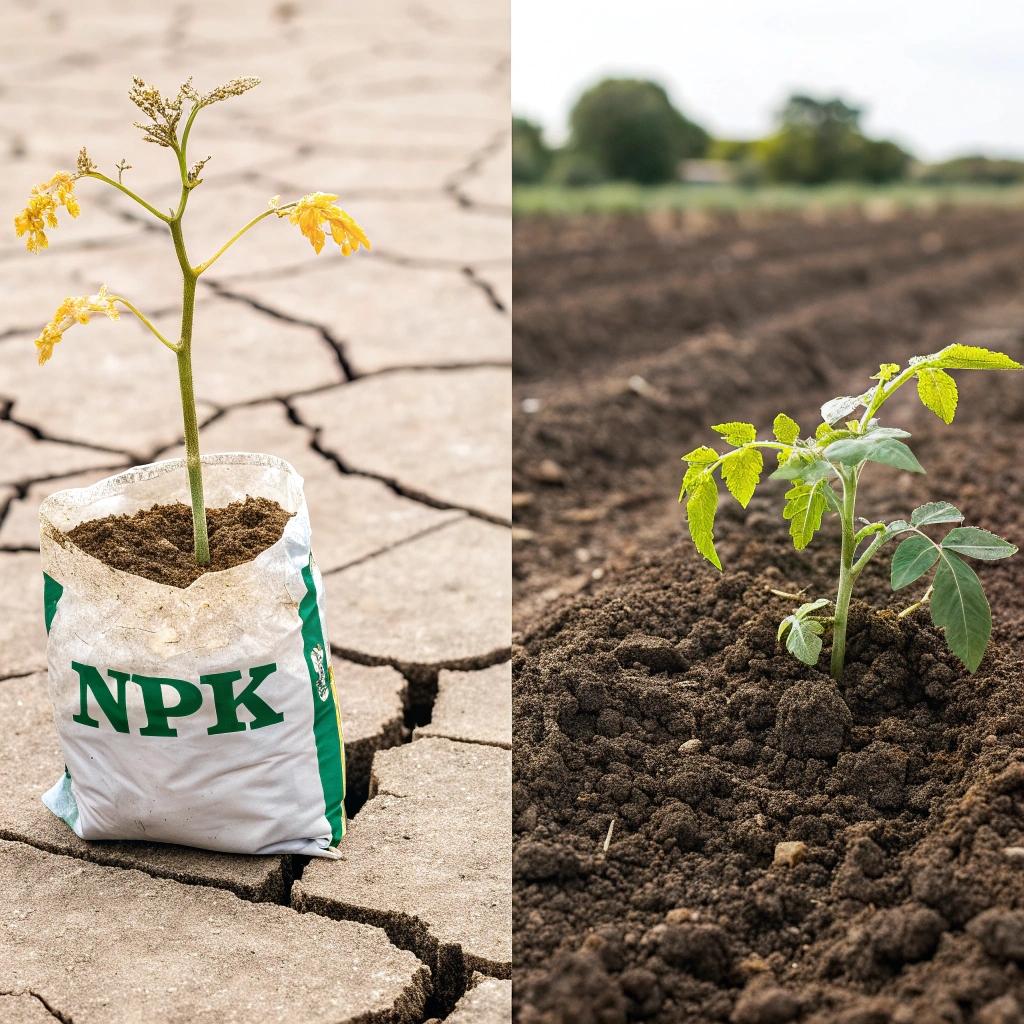
Environmental Controls
-
Use 30% shade cloth in hot climates
-
Maintain consistent irrigation (1-2″/week)
-
Avoid overhead watering in sunlight
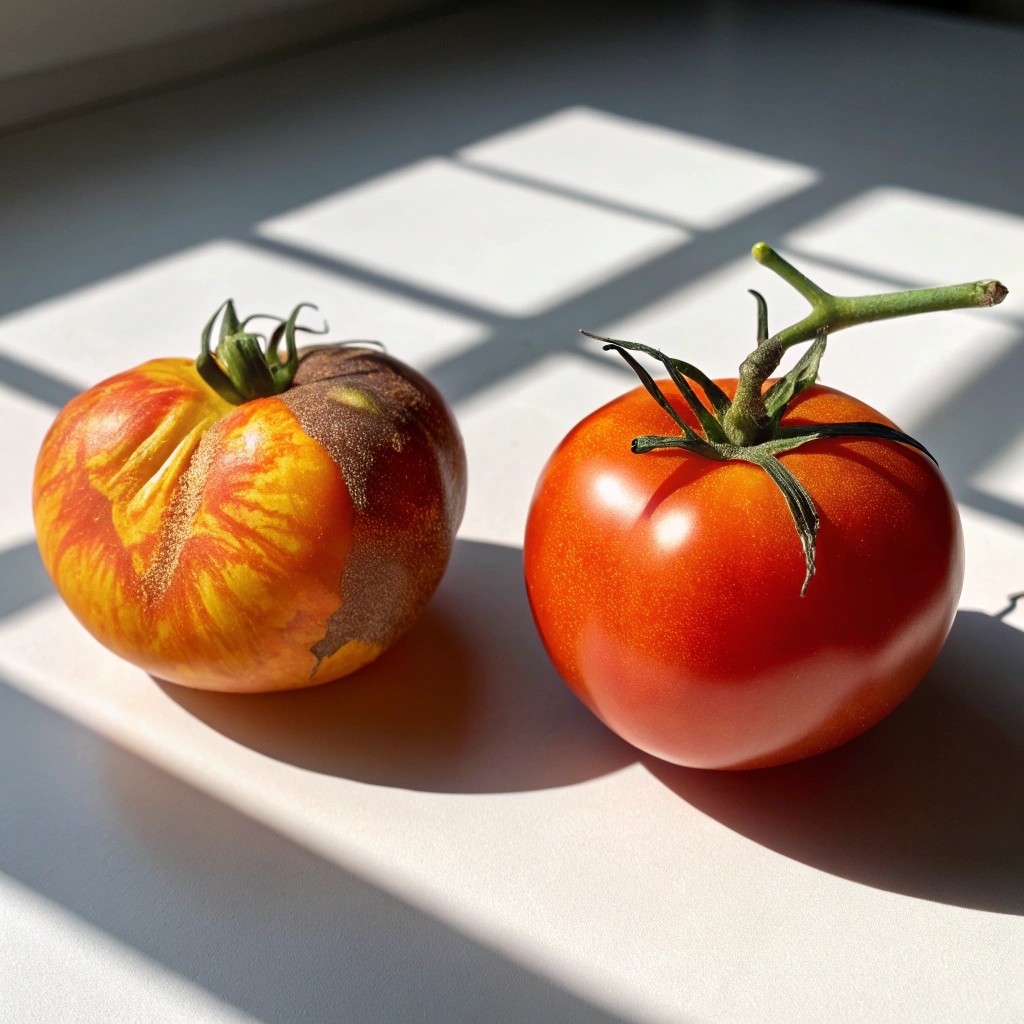
FAQ Section
Q: Can you eat tomatoes with color disorders?
A: Yes, but affected areas may be tough or bitter. Cut out damaged portions.
Q: Best tomato varieties to prevent these issues?
A: ‘Sun Gold’ (resists cracking), ‘Defiant’ (disease-resistant), ‘Big Beef’ (consistent ripening)
Q: How to quickly fix potassium deficiency?
A: Foliar spray with 2% potassium phosphate (apply early morning).
Conclusion
Tomato color disorders signal underlying soil or environmental stress. By:
-
Testing soil annually
-
Balancing NPK fertilizers
-
Managing sun exposure
“Prevention beats cure – address nutrient needs before fruiting begins.”
Further Reading:





